Kenya and Uganda Collaborate to Boost Cross-Border Tourism
Kenya and Uganda are joining forces to enhance cross-border tourism. This collaborative effort aims to increase tourist numbers between the two neighbouring countries. By strengthening their partnership, Kenya and Uganda seek to promote tourism and travel opportunities in the region.

Kenyan Coastal Tourism Aims to Strengthen Ugandan Ties
The Kenyan Coastal Tourism Association (KCTA) has announced plans to strengthen ties with Uganda in order to boost tourism in both countries. The KCTA is a non-profit organisation that represents the interests of the tourism industry on the Kenyan coast.
The KCTA has identified a number of areas where cooperation with Uganda could be beneficial, including:
- Joint marketing initiatives: The KCTA and its Ugandan counterparts could work together to develop and implement joint marketing campaigns that promote both countries as tourist destinations.
- Cross-border tourism packages: The two countries could develop tourism packages that allow visitors to easily travel between Kenya and Uganda, and experience the best of both worlds.
- Infrastructure development: The KCTA could work with the Ugandan government to develop infrastructure that would make it easier for tourists to travel between the two countries, such as roads, airports, and border crossings.
- Capacity building: The KCTA could provide training and support to Uganda tourism businesses, helping them to improve their standards and services.
The KCTA believes that cooperation with Uganda would benefit both countries, and help to boost tourism in the region. The association is confident that its plans will come to fruition, and that Kenya and Uganda will become two of the most popular tourist destinations in Africa.
Here are some specific ways that Kenyan Coastal Tourism could strengthen ties with Uganda:
- Co-host trade shows and exhibitions: This would be a great way to promote both countries to potential tourists from around the world.
- Organise joint marketing campaigns: This could involve creating co-branded marketing materials, such as brochures, websites, and social media campaigns.
- Develop cross-border tourism packages: This would allow tourists to easily visit both Kenya and Uganda on the same trip.
- Work with the Ugandan government to improve infrastructure: This could include roads, airports, and border crossings.
- Provide training and support to Ugandan tourism businesses: This would help them to improve their standards and services.
Promoting Cross-Border Tourism: A Joint Effort
Promoting cross-border tourism requires a joint effort from all stakeholders, including governments, tourism businesses, and local communities. Here are some specific ways in which these stakeholders can work together:
Governments
- Develop joint marketing initiatives: Governments can work together to develop and implement joint marketing campaigns that promote both countries as tourist destinations. This could involve creating co-branded marketing materials, such as brochures, websites, and social media campaigns.
- Ease border crossings: Governments can make it easier for tourists to travel between the two countries by simplifying border crossing procedures and reducing visa requirements.
- Invest in infrastructure: Governments can invest in infrastructure that would make it easier for tourists to travel between the two countries, such as roads, airports, and border crossings.
- Provide financial support: Governments can provide financial support to tourism businesses that are developing cross-border tourism products and services.
Tourism businesses
- Develop cross-border tourism packages: Tourism businesses can develop cross-border tourism packages that allow visitors to easily travel between the two countries and experience the best of both worlds.
- Partner with tourism businesses in the other country: Tourism businesses can partner with tourism businesses in the other country to offer joint products and services. For example, a hotel in Kenya could partner with a tour operator in Uganda to offer a package that includes a stay at the hotel and a tour of Uganda's national parks.
- Market their products and services to tourists in the other country: Tourism businesses can market their products and services to tourists in the other country through online channels, such as social media and travel websites, as well as through traditional channels, such as trade shows and exhibitions.
Local communities
- Be welcoming and hospitable to tourists: Local communities can play an important role in promoting cross-border tourism by being welcoming and hospitable to tourists. This includes providing friendly service, being helpful and informative, and respecting tourists' cultural sensitivities.
- Promote local culture and heritage: Local communities can promote local culture and heritage to tourists, as this can be a major draw for visitors. This could involve organising cultural events, such as festivals and fairs, and promoting local crafts and cuisine.
- Work with tourism businesses to develop sustainable tourism products and services: Local communities can work with tourism businesses to develop sustainable tourism products and services that benefit the community and the environment.
Unique Attractions and Historical Sites
Kenya and Uganda are two beautiful East African countries with a rich history and culture. Both countries offer a variety of unique attractions and historical sites that are sure to amaze and inspire visitors.
Kenya
- Lamu Island
Lamu Island, a UNESCO World Heritage Site, is a hidden gem known for its remarkable history as one of the oldest continuously inhabited towns in East Africa. This island off the Kenyan coast is celebrated for preserving its Swahili culture and traditions over the centuries. Visitors can immerse themselves in the local way of life while enjoying the island's beautiful beaches and the laid-back atmosphere that makes it a unique destination.
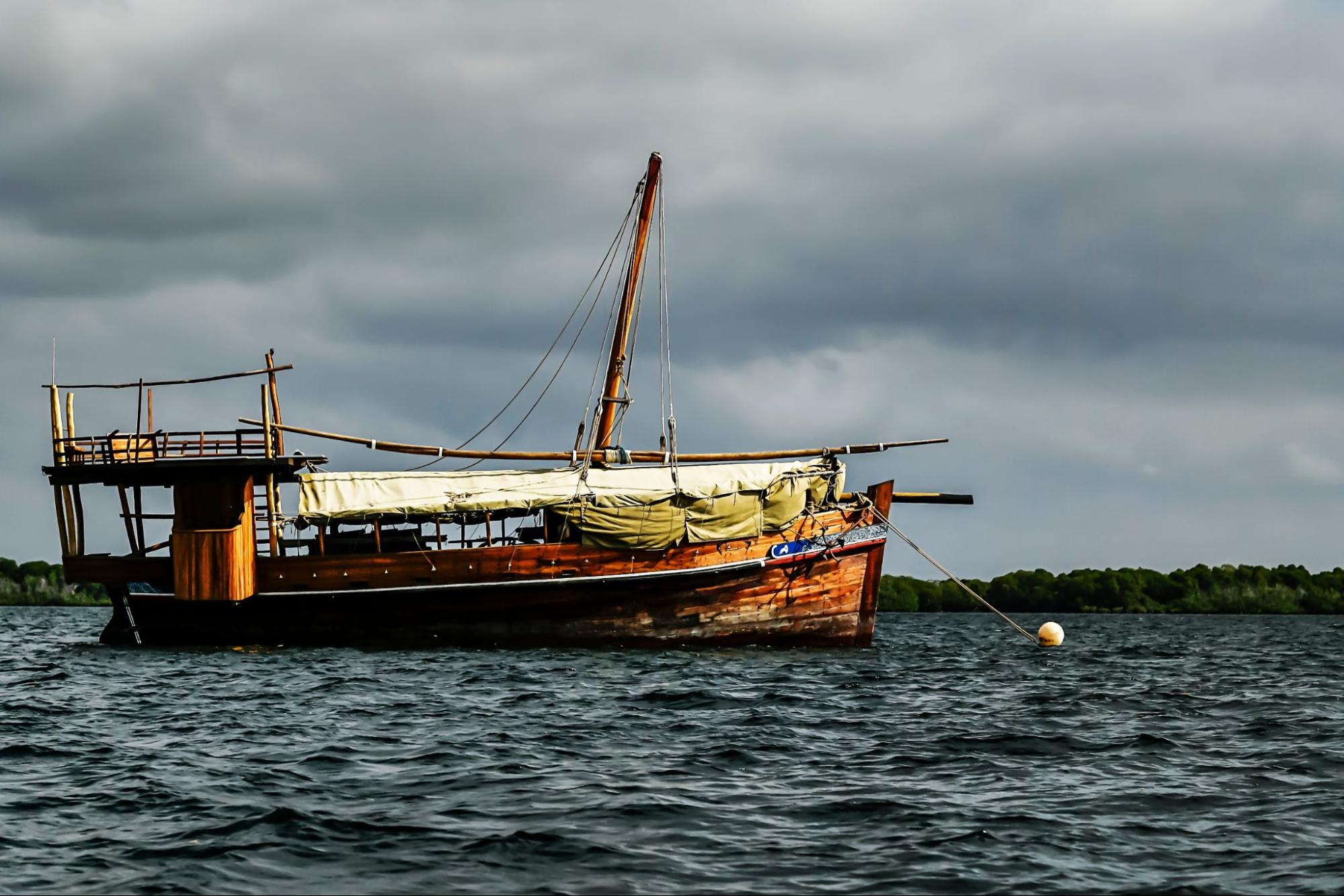
- Fort Jesus
Located in Mombasa, Fort Jesus is a 16th-century Portuguese fort that has been recognized as a UNESCO World Heritage Site. This historical structure showcases impressive architecture and holds significant cultural importance. Exploring Fort Jesus offers a journey back in time, allowing visitors to appreciate the historical significance of the coastal region.

- Masai Mara National Reserve
The Masai Mara National Reserve is a renowned tourist destination in Kenya, celebrated for its abundant wildlife. Here, visitors have the chance to witness iconic African animals, such as lions, elephants, giraffes, and zebras, in their natural habitat. The vast landscapes and annual wildebeest migration make the Masai Mara a must-visit for nature and wildlife enthusiasts.
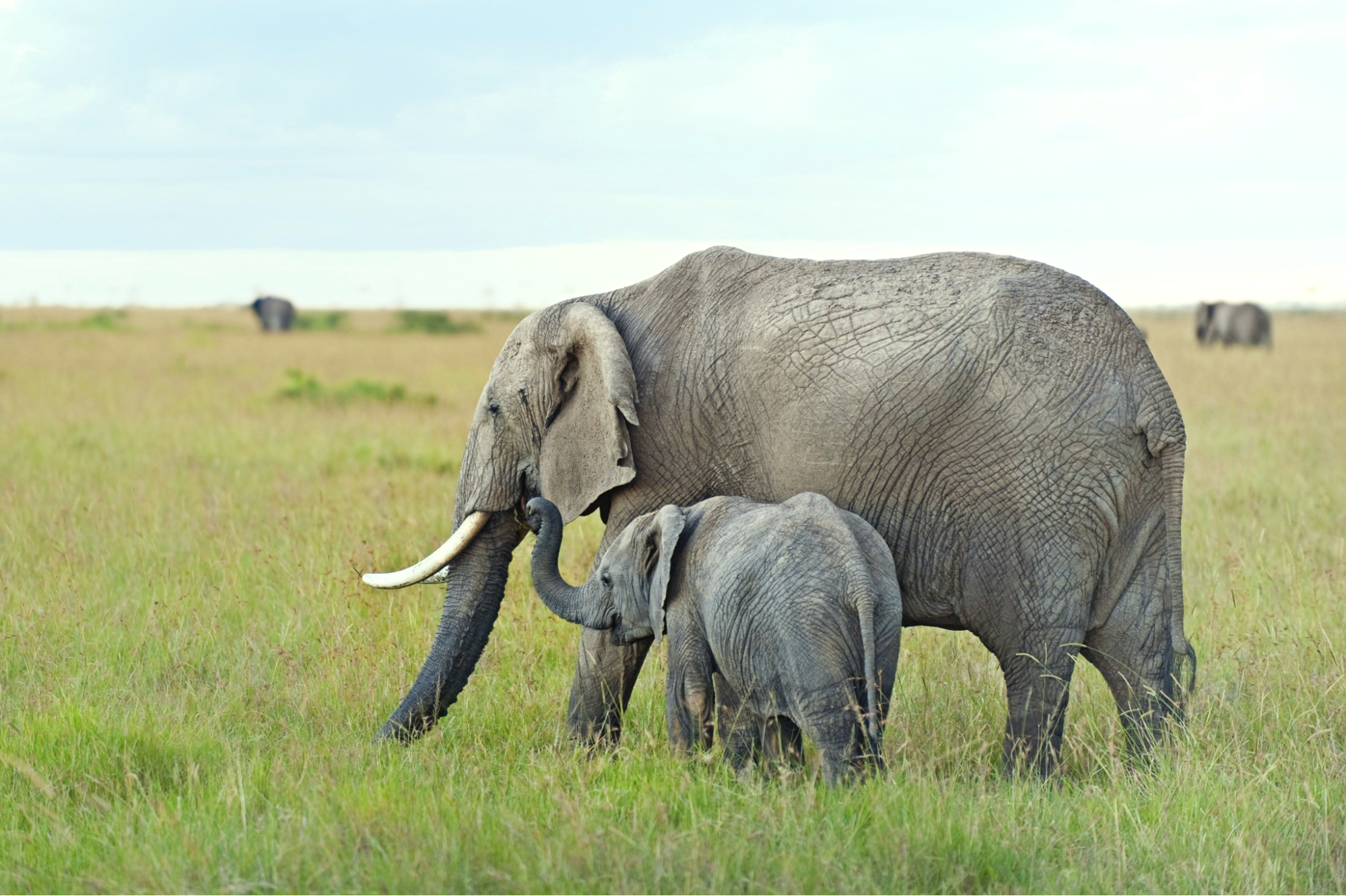
- Amboseli National Park
Amboseli National Park offers breathtaking views of Mount Kilimanjaro, Africa's tallest mountain. This park is famous for its resident elephant population, which can be seen against the stunning backdrop of the snow-capped mountain. In addition to elephants, Amboseli is home to other wildlife species, including lions, giraffes, and zebras, making it a fantastic safari destination.
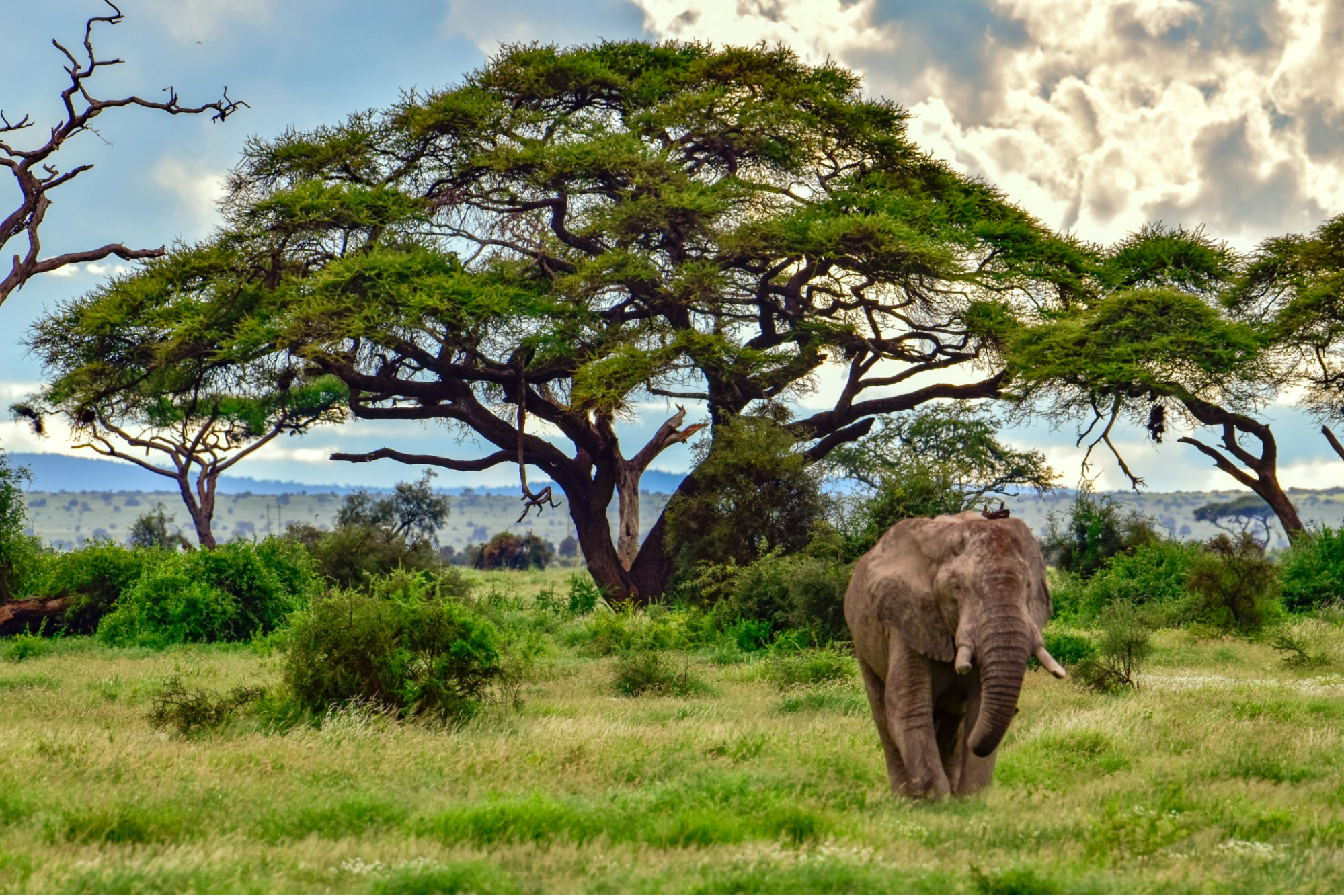
- Lake Nakuru National Park
Lake Nakuru National Park is renowned for its mesmerising flocks of flamingos that turn the lake's waters pink. The park is also home to a diverse range of wildlife, including rhinos, giraffes, and zebras. Nature enthusiasts and birdwatchers will find this park to be an ideal spot for observing both avian and terrestrial creatures.

Uganda
- Bwindi Impenetrable National Park
Bwindi Impenetrable National Park is a UNESCO World Heritage Site and a sanctuary for over half of the world's remaining mountain gorillas. Beyond gorilla trekking, the park offers various activities like hiking and bird watching in its lush, dense forests.
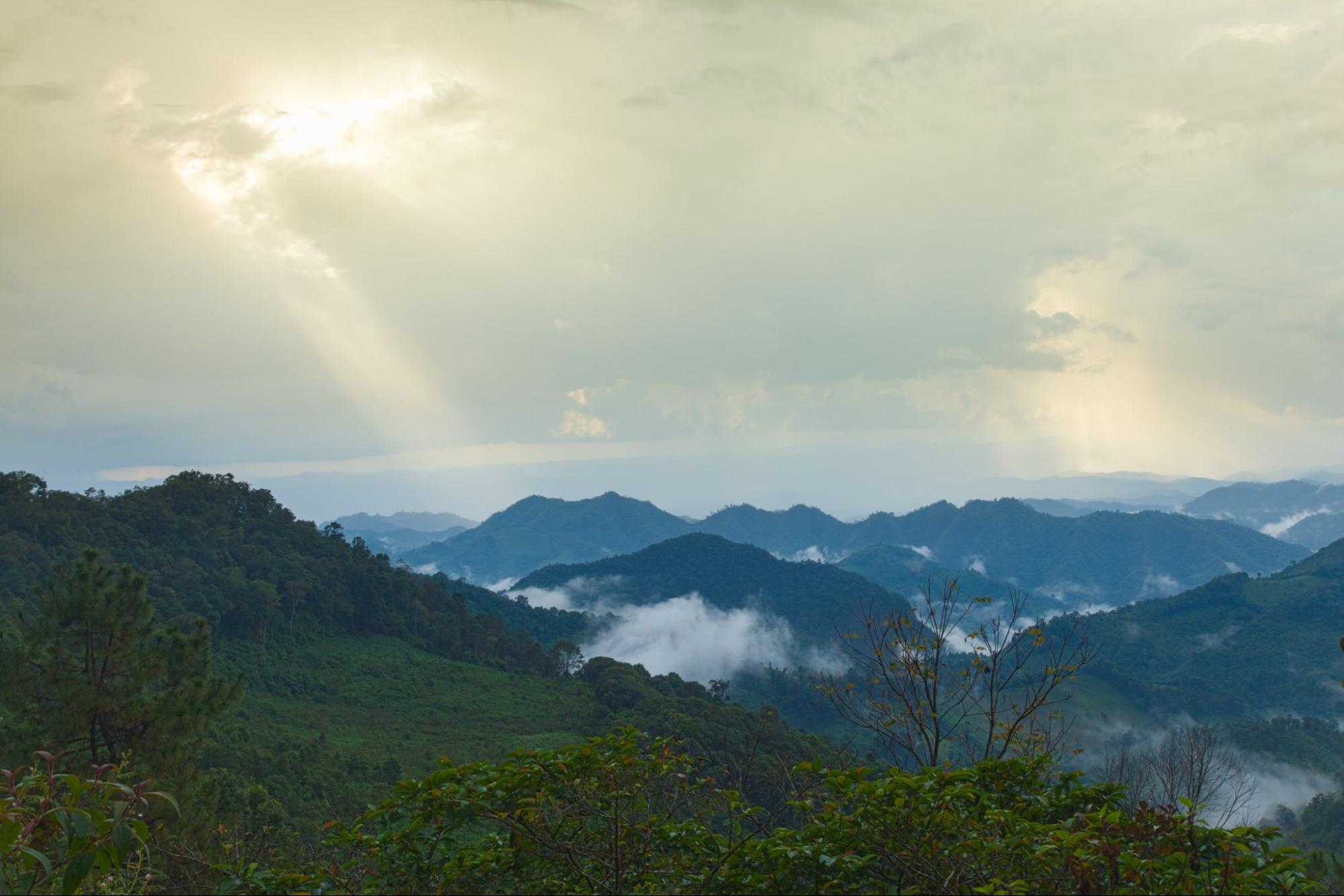
- Queen Elizabeth National Park
Queen Elizabeth National Park is one of Uganda's most popular tourist destinations. It's home to a diverse array of wildlife, including lions, elephants, giraffes, and hippos. The Kazinga Channel within the park is an excellent location for observing crocodiles and a variety of bird species.
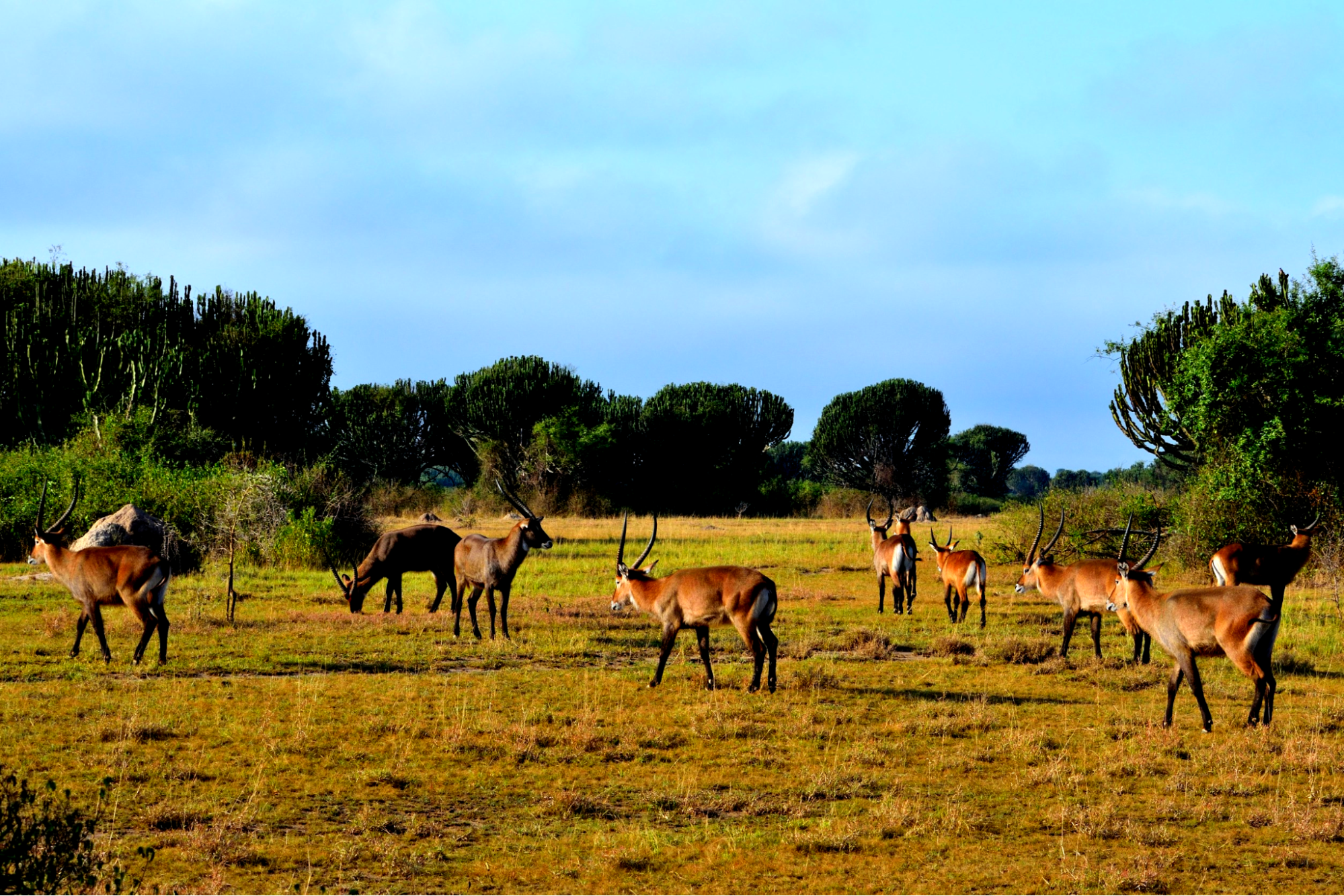
- Murchison Falls National Park
Murchison Falls National Park is renowned for its powerful waterfall, which is one of the world's most impressive. The park's landscape is also home to numerous animals,including lions, elephants, giraffes, and hippos. The combination of natural beauty and wildlife viewing makes this park an exciting destination.
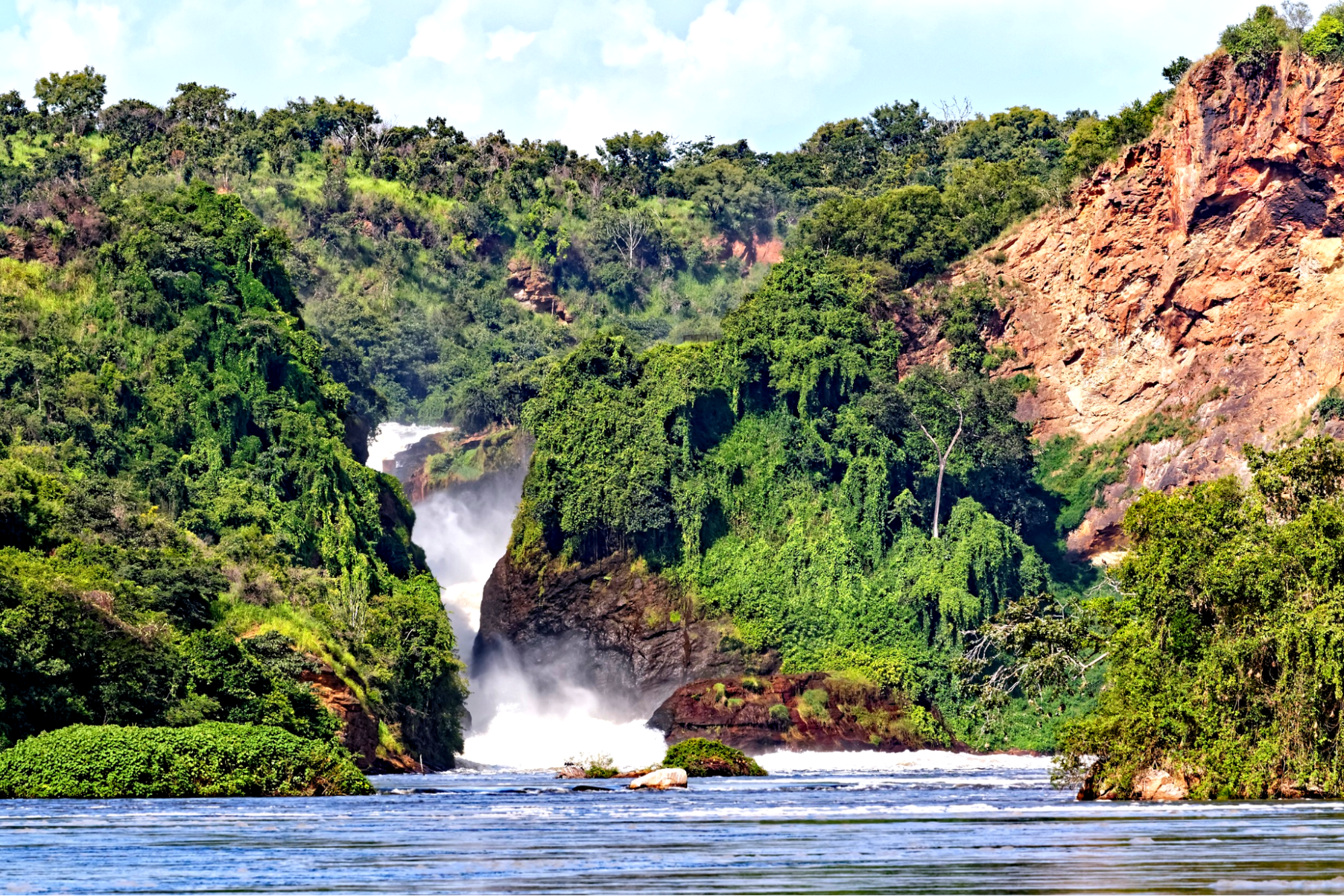
- Kibale National Park
Kibale National Park is celebrated for its chimpanzee population. Besides primates, the park is home to a range of other wildlife, including various monkey species, birds, and snakes. It's a haven for those interested in primate research and rainforest exploration.
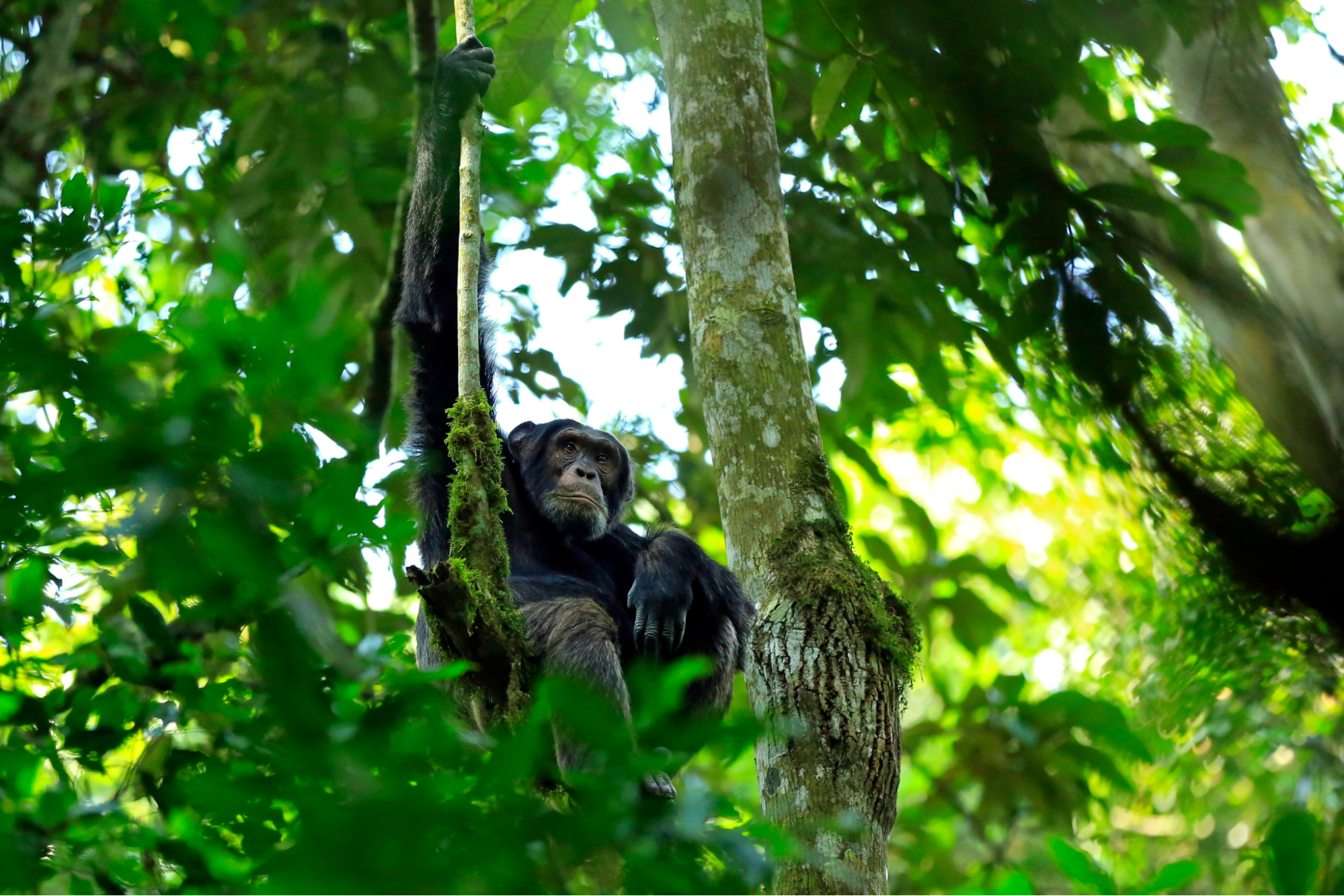
- Rwenzori Mountains National Park
A UNESCO World Heritage Site, the Rwenzori Mountains National Park is home to the Rwenzori Mountains, the third-highest mountain range in Africa. The park offers a variety of hiking trails suitable for various experience levels, allowing trekkers to explore this remarkable natural wonder.
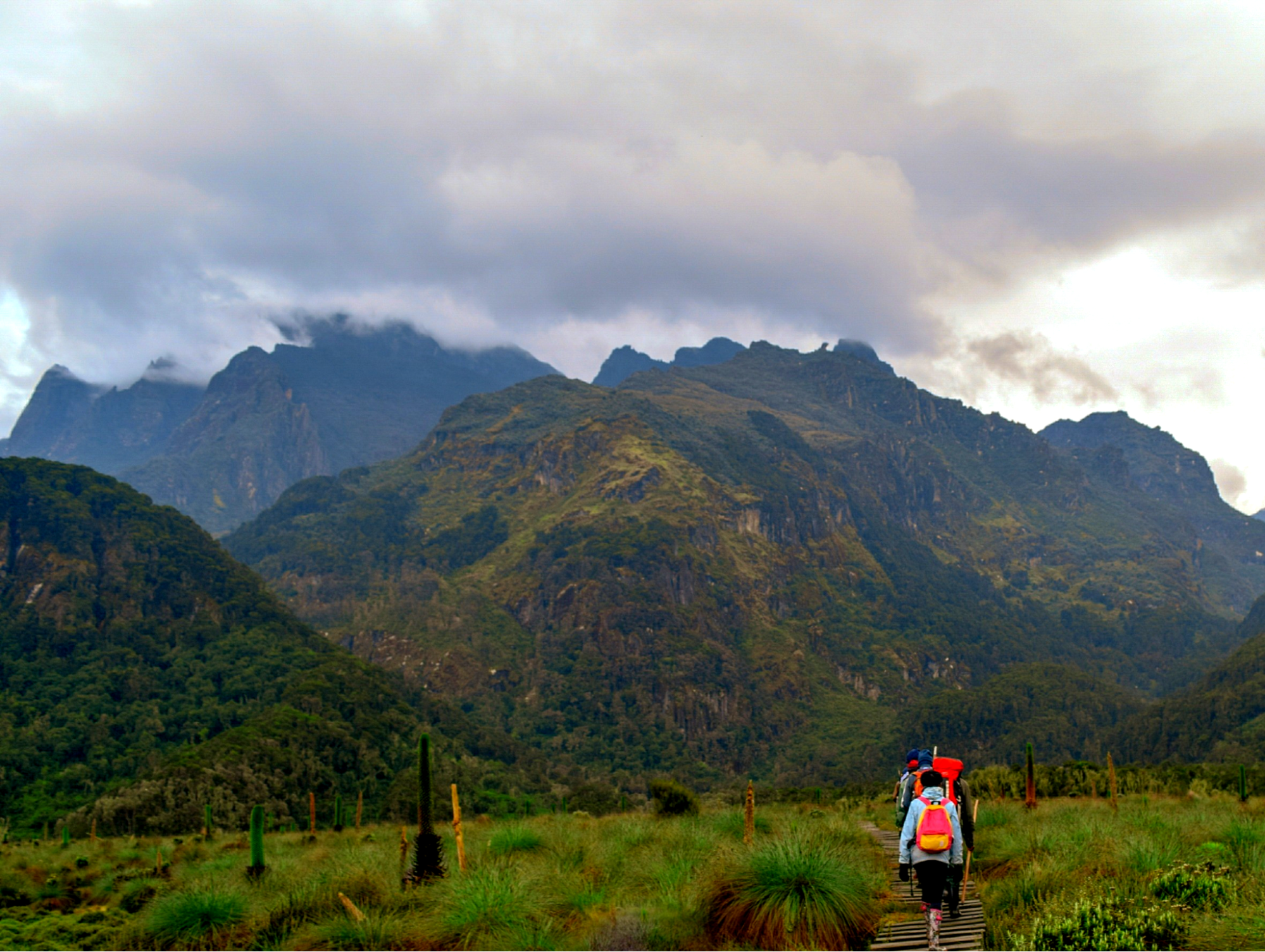
Changing Trends in International Tourism
The international tourism industry is constantly evolving, and new trends are emerging all the time. Some of the most notable changing trends in international tourism include:
- The rise of sustainable tourism: Travellers are becoming increasingly interested in sustainable tourism, which is tourism that minimises its environmental and social impact. This includes choosing to stay in eco-friendly hotels, eating at local restaurants, and supporting sustainable tour operators.
- The growth of experiential tourism: Travellers are also becoming more interested in experiential tourism, which is tourism that focuses on providing visitors with unique and authentic experiences. This could include anything from taking a cooking class in a local village to going on a safari in a national park.
- The increasing popularity of solo travel: Solo travel is becoming increasingly popular, as more and more people are choosing to travel by themselves. This is due to a number of factors, including the rise of social media, the increasing number of women travelling alone, and the growing availability of solo-friendly travel options.
- The shift to online travel booking: The vast majority of international travel is now booked online. This is due to the convenience and ease of online booking, as well as the wide range of travel options available online.
- The rise of social media: Social media is playing an increasingly important role in international tourism. Travellers are using social media to research destinations, book travel, and share their experiences with others.
FAQS
What is the objective of the pact between Kenya and Uganda regarding cross-border tourism?
The objective of the pact between Kenya and Uganda is to boost cross-border tourism by promoting closer collaboration and facilitating the exchange of tourists between the two countries.
How are the airlines contributing to cross-border tourism between Kenya and Uganda?
Airlines, including Uganda Airlines and Kenyan carriers, play a significant role in enhancing cross-border tourism by operating direct flight routes connecting Entebbe and Mombasa. These flight connections make it easier for tourists to travel between the two nations.
What is the significance of the Uganda-Kenya Coast tourism conference?
The Uganda-Kenya Coast tourism conference provides a structured platform for discussions aimed at developing tourism along the Kenya Coast and Uganda circuit. It encourages tourists to explore both countries as part of a single circuit, thereby promoting cross-border tourism.
What are some unique attractions in Kenya's coastal region?
Kenya's coastal region boasts unique attractions, including white sand beaches, high-end beach hotels, restaurants, marine life like humpback whale sharks, and historical sites like the Fort Jesus landmark, Arabuko Sokoke Tropical Forest, and Kenyatta caves.
How has the international tourism landscape changed for Kenya?
The international tourism landscape for Kenya saw a shift, with the United States becoming the leading international tourist market, surpassing the United Kingdom. This change was driven by factors such as an increase in cruise ships visiting the port of Mombasa and enhanced direct flight connections to the United States. Additionally, international arrivals in Kenya increased significantly in 2022 compared to previous years.
What contributed to the growth in international tourism in Kenya in 2022?
The growth in international tourism in Kenya in 2022 can be attributed to many source markets lessening their COVID-19 restrictions and opening up for travel. This allowed a 72% recovery level compared to 2019, with a substantial increase in passenger numbers at Jomo Kenyatta International Airport (JKIA).
Applying for Uganda e-Visas
- Step 1: Complete the online application form by providing your personal details and passport information.
- Step 2: Proceed to securely make your payment online using a credit card.
- Step 3: Check your email for the confirmation of payment and receipt of your Uganda e-Visa, which will be sent electronically.

